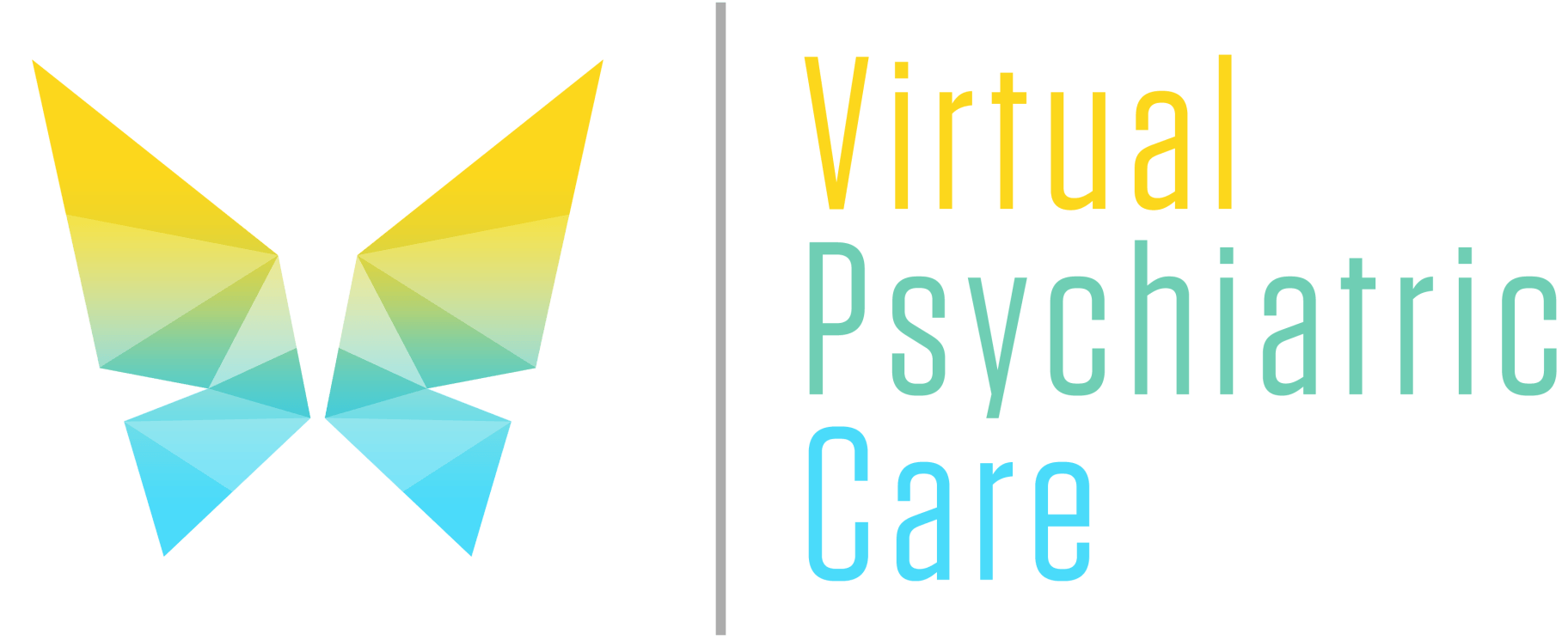Midlife Transformation: How to Start Healing in your 40’s 50s and beyond

Introduction
Life is a journey filled with twists and turns, often leading us down unexpected paths. As we reach our 40s, 50s, and beyond, many of us may find ourselves questioning the possibilities that lie ahead. The idea that healing is reserved for the young is a myth that deserves to be shattered.
This stage of life can be one of rediscovery and renewal. It’s about embracing change and recognizing that it’s never too late to prioritize your well-being. Healing isn’t confined by age; rather, it's an ongoing process influenced by our choices and mindset.
Whether you’re dealing with emotional scars or physical ailments, it’s time to explore how you can start your healing journey today. Let’s dive into what steps you can take to reclaim your vitality and joy at any age!
Recognizing Midlife Challenges
Before we step forward, it’s important to acknowledge the real and often hidden challenges many people face in midlife. While this chapter holds potential for renewal, it can also bring a unique set of emotional and physical hurdles.
Studies show that approximately 20% of adults between the ages of 45 and 64 experience mental health challenges, including depression and anxiety. These struggles can stem from major life transitions such as children leaving home, career shifts, aging parents, or health concerns. Add to this the natural reflection that arises in midlife, and it’s no surprise that feelings of uncertainty or even despair can emerge.
Substance use is another critical concern. Middle-aged adults, particularly those in their 40s and 50s, experience some of the highest rates of alcohol misuse and prescription drug dependency. Often, this is a way of coping with stress, loneliness, or unresolved emotional pain.
It’s essential to remember: these statistics do not define you. They simply highlight that if you’re feeling overwhelmed, you are far from alone. Recognizing these challenges with honesty is not about fostering fear, and it’s about cultivating compassion for yourself and understanding that support and healing are absolutely possible.
The good news? With mindful steps, community support, and self-compassion, you can move through these difficulties and into a chapter rich with growth and vitality. Healing is not just a possibility. It’s a path well worth walking, no matter your age.
Break the Myth: "It’s Too Late for Me"
Many people believe that healing is reserved for the young. This myth can create a barrier, convincing those in their 40s, 50s, or beyond that they’ve missed their chance.
But truthfully, every stage of life presents opportunities for growth and renewal. Healing doesn’t adhere to an age limit; it’s a journey that evolves as we do.
Consider individuals who embark on new careers later in life or discover passions they never knew they had. Stories abound of transformation at any age.
The body and mind are resilient. They have remarkable capacity to adapt and heal when given the right tools and support.
Rather than succumbing to limiting beliefs, challenge yourself to reframe your narrative. Embrace the idea that today could be your starting point for profound change—no matter how many years you've lived so far.
The Science of Healing at Any Age
Healing is a dynamic process, influenced by our biology and mindset. Research shows that the brain remains adaptable throughout life. This neuroplasticity allows us to form new connections, regardless of age.
Our bodies also possess remarkable healing capabilities. Cells regenerate, tissues repair, and immune responses can improve with the right nurturing practices. It’s fascinating how lifestyle changes—like diet and exercise—can make a significant impact on overall health.
Moreover, emotional healing plays a pivotal role in physical well-being. Stress reduction techniques can lead to measurable improvements in bodily functions. Practices such as mindfulness can reshape our perception of pain and enhance resilience.
Age brings its challenges but also wisdom about what works best for us individually. The journey toward wellness is not just possible; it’s often enriched by life's experiences gained along the way.
First Steps to Begin Healing
Starting the healing journey can feel daunting, yet it’s a vital first step toward transformation. Begin by taking a moment to breathe deeply. Ground yourself in the present, allowing your thoughts and feelings to surface without judgment.
Next, identify what healing means for you personally. It might be physical health, emotional well-being, or spiritual growth. Write down your intentions; clarity is powerful.
Explore simple practices that resonate with you—meditation, journaling, or gentle movement like yoga can all offer pathways to reconnect with yourself. Experiment until you find what feels right.
Set realistic goals as you embark on this journey. Small changes often lead to significant progress over time. Celebrate each accomplishment along the way.
Remember: there’s no rush here. Every step is part of your unique process toward healing and wholeness.
Acknowledge Your Starting Point
Understanding where you are is the first step toward healing. It’s essential to take a moment and assess your current state—emotionally, physically, and mentally.
What challenges do you face? What feelings come up when you think about your journey? Acknowledging these truths sets the foundation for growth.
Don’t shy away from what’s real for you. Whether it's stress, pain, or feeling lost, recognize it without judgment. This acceptance can be liberating.
Use a journal to jot down thoughts or emotions that arise. Writing helps clarify feelings and provides insights into patterns in your life.
Embrace this process as part of your journey rather than an obstacle. Each acknowledgment brings awareness and opens doors to possibilities you may not have seen before.
Seek Support
Reaching out for support can be a game-changer in your healing journey. It’s not a sign of weakness; rather, it reflects strength and self-awareness.
Consider connecting with friends or joining local groups where you can share experiences without judgment. Talking openly about your feelings fosters connection and understanding.
Professional help is also valuable. Therapists, coaches, or support groups offer guidance tailored to your unique situation. They provide tools that empower you to navigate challenges effectively.
Online communities have blossomed as well. From forums to social media groups, these platforms allow you to find like-minded individuals who truly get what you're going through.
Remember, seeking support helps lighten emotional burdens and opens doors to new perspectives. You’re not alone on this path—embracing community makes the journey richer and more fulfilling.
Practice Self Compassion
Self-compassion is a powerful tool for healing. It involves treating yourself with the same kindness you would offer to a friend struggling through tough times.
Many of us are our own worst critics, constantly replaying mistakes in our minds. Instead, try speaking gently to yourself when faced with setbacks. Acknowledge your feelings without judgment.
Embrace imperfections as part of being human. Remember that everyone experiences challenges and disappointments. You are not alone in this journey.
Create moments throughout your day dedicated to self-kindness. This could be as simple as taking a few deep breaths or allowing yourself time to recharge without guilt.
A little compassion goes a long way toward fostering resilience and inner peace. Nurturing this practice can transform how you approach life’s ups and downs, paving the path for deeper healing at any age.
Nervous System Care
Taking care of your nervous system is crucial for healing. Stress can wreak havoc on your body and mind, making it essential to find ways to calm the storm within.
Mindful practices like deep breathing or meditation can ground you. Even a few minutes each day can help reduce anxiety and promote relaxation.
Movement matters too. Gentle exercises such as yoga or tai chi nurture both body and spirit while soothing the nervous system.
Don’t underestimate the power of nature either. A simple walk outside can recharge your batteries, bringing peace and clarity.
Prioritizing sleep is vital for recovery. Quality rest supports overall well-being and helps balance your emotions, allowing you to face challenges with renewed energy.
Embracing these practices creates a solid foundation for lasting transformation in this stage of life.
Commit to Small Daily Actions
Healing doesn’t happen overnight. It’s a gradual process that flourishes with consistent effort.
Start by identifying small actions you can integrate into your daily routine. This could be as simple as taking a 10-minute walk, practicing deep breathing exercises, or journaling your thoughts. Each tiny step counts.
Celebrating these little victories builds momentum and boosts motivation. They remind you that progress is possible at any age.
Remember, it’s not about perfection but rather consistency. Create space for these habits in your life without overwhelming yourself.
As you commit to these small changes, you'll notice shifts over time—both physically and mentally. The key is to stay present during the journey and honor every effort along the way.
Explore what feels good for you; tailor your actions to fit your unique needs and lifestyle. Your path to healing begins here, one small action at a time.
Embrace This Chapter of Life
Life in your 40s, 50s, and beyond can be transformative. It’s a time to reflect on experiences and harness newfound wisdom.
Embracing this chapter means appreciating the journey that led you here. Each wrinkle tells a story; each gray hair signifies resilience. Celebrate these markers rather than see them as signs of aging.
This stage offers unique opportunities for growth. You may discover passions long buried under life’s responsibilities or nurture relationships that enrich your soul.
Let go of societal expectations about what this phase should look like. Instead, define it on your terms—whether it's pursuing hobbies, traveling, or simply enjoying quiet moments at home.
Nurturing self-acceptance allows you to flourish authentically in this vibrant chapter of life. Embrace every moment with curiosity and enthusiasm as you boldly step into uncharted territory.
Conclusion
Healing is a journey that knows no age limit. Whether you're in your 40s, 50s, or beyond, it's essential to recognize that transformation and growth are always possible. Embracing this chapter of life can open doors to new experiences and deeper self-awareness. By acknowledging where you are now and taking small, consistent steps forward, you create space for healing.
Surrounding yourself with supportive people can make all the difference. Remember to practice self-compassion as you navigate through challenges. Take care of your nervous system; it’s a vital part of well-being often overlooked.
As you commit to daily actions—no matter how small—you'll find joy in the process itself. Each step taken is a victory worth celebrating.
This path may feel daunting at times, but each moment spent nurturing yourself contributes to a brighter future filled with possibilities. It's never too late to start anew or heal old wounds; every day presents an opportunity for growth and renewal.











